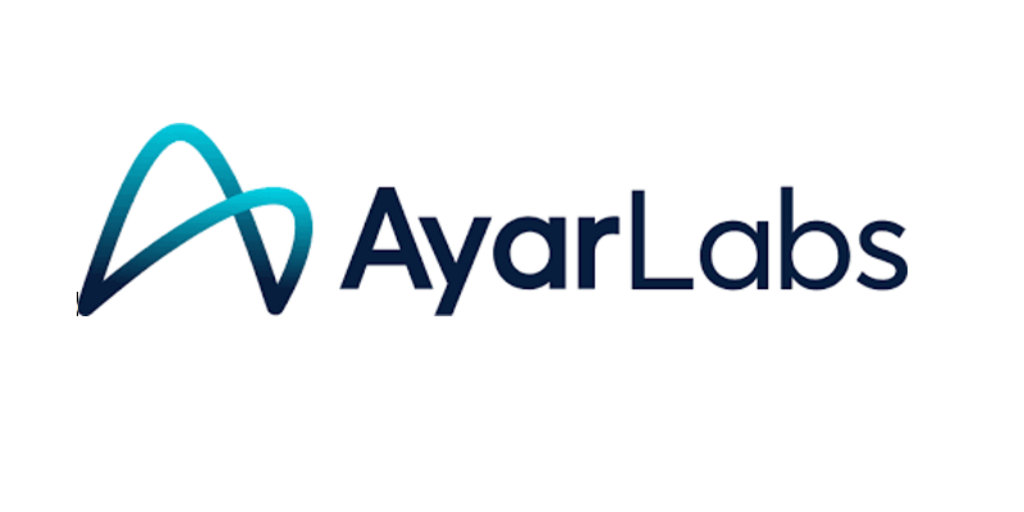It is well documented that the amount of data is growing at astounding rates each year. Enterprises are collecting more data and are constantly trying to understand patterns and make business decisions based on data. The challenge is getting to the right data to the right application at maximum speed so that decisions can be made quickly and accurately. Just adding more and more hard disk drives (HDD) can lead to a complex and unmanageable mess. A combination of understanding what Software Defined Storage is and the IBM GPFS will give organizations the knowledge to better manage their storage infrastructure.
Software defined storage (SDS) is a relatively new concept that can cut costs and improve efficiency in many organizations. Similar to Software Defined Networking (SDN) and Software defined data centers (SDDC), software defined storage is enterprise class storage that relies on standard hardware, but delivers storage services through orchestration of the storage infrastructure. The ebook, Software Defined Storage for Dummies, is a great introduction to how SDS can benefit organizations and reduce TCO.
Standard hardware would include well known and tested infrastructures such as SAN, NAS and JOBDs, as well as network devices and servers. Software defined storage adds on top of these components the ability to automate administration, virtualize the storage, separate control and data planes and the ability to massively scale-out the capacity. Software defined storage can increase the flexibility of a storage architecture, while decreasing the TCO.
Software defined storage solution can increase an organization’s flexibility to respond to various user requirements by using a combination of existing hardware based systems and software as part of the data and storage infrastructure. By using standard hardware, costs can be kept in check while allowing the overall data storage capacity to grow as needs require. Automated systems can drive cost down and utilization and responsiveness up. Getting data to the right application set when needed is key to satisfying users needs.
An example of software defined storage is the Global Parallel File System (GPFS) from IBM. GPFS can expand to sizes in the range of 1 million yottabytes and about 9 quintillion files per file system. The IBM GPFS software started out as a clustered file system, and today includes management tools, storage virtualization and tiered management controls. GPFS allows for a set of servers to access massive amounts of data concurrently, with an object storage model.
To understand more about Software Defined Storage and the IBM GPFS software, download the book Software Defined Storage For Dummies.





